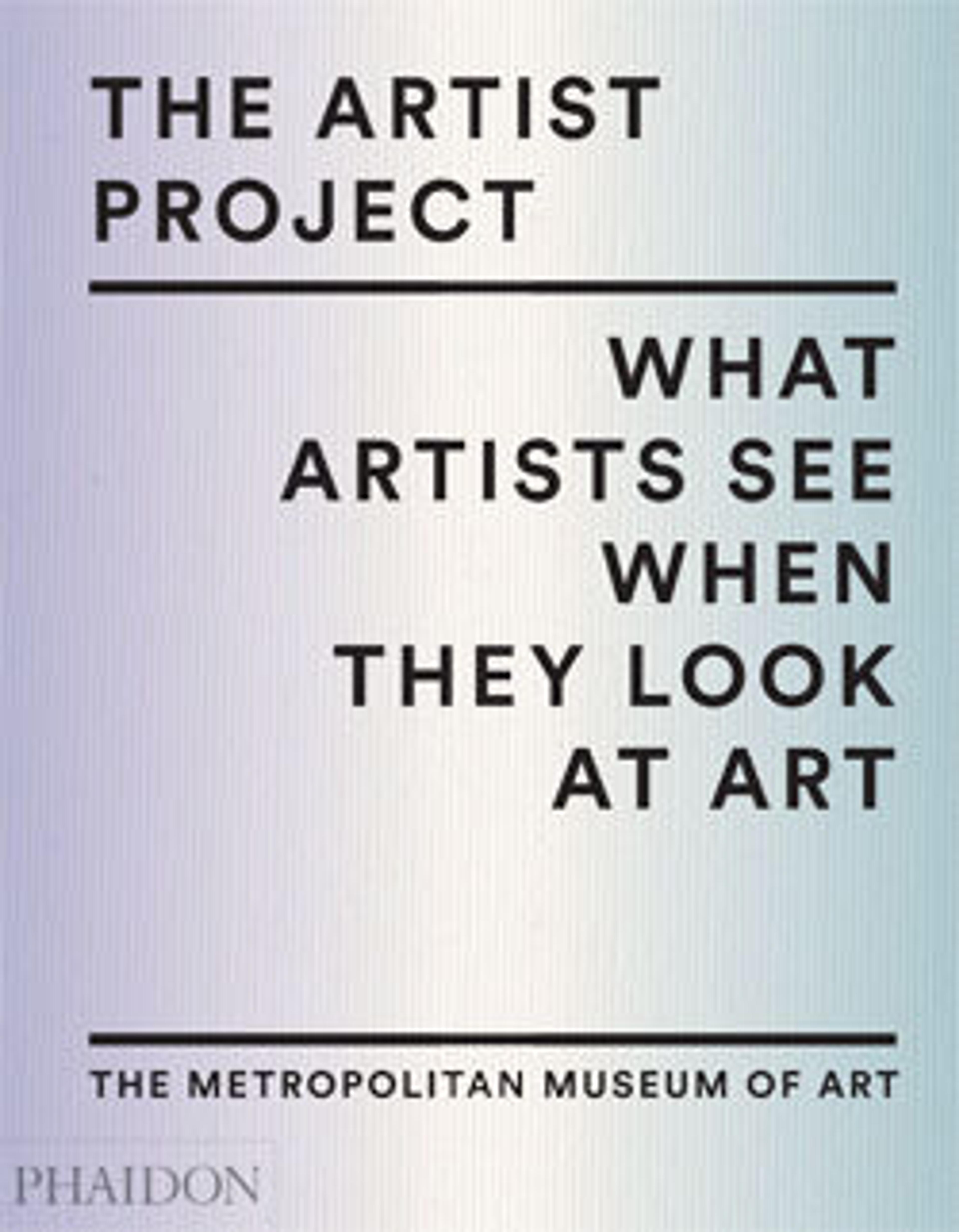Reclining Figure, No. 4
After his studies at the School of Art in Leeds and the Royal College of Art in London, in the early 1920s Henry Moore embarked on a very successful career as a sculptor that lasted until his death in 1986. His first works were direct carvings in stone and wood that reflected the ancient Egyptian, African, and pre-Columbian sculptures he saw on his frequent visits to the British Museum. Later, he also worked extensively in bronze, which allowed him to produce multiples of the same image. Although the style and content of his art evolved over sixty years—sometimes exploring highly abstract forms and, at other times, very representational images—his subject matter was almost always tied to the human figure. Reclining and seated figures (mainly women) and family groupings of parents and children were recurring and major themes in both his sculptural and graphic work.
This expressive bronze, with its mottled green patina, is typical of his work from the 1940s and 50s, and reflects his renewed interest in surface texture and solid form following a period of making abstract sculptures that often contained large openings and stringed portions. Capturing the physicality of the human body without succumbing to exacting realism, Moore exaggerates the woman's relaxed pose and the shape and relative sizes of her limbs, head, and torso. The drapery cascading over her thighs recalls a recent trip to Greece, where the artist was inspired by classical sculpture. Here, as in those ancient sculptures, the woman's head and long neck are held regally, her features abbreviated into a generalized mask.
This expressive bronze, with its mottled green patina, is typical of his work from the 1940s and 50s, and reflects his renewed interest in surface texture and solid form following a period of making abstract sculptures that often contained large openings and stringed portions. Capturing the physicality of the human body without succumbing to exacting realism, Moore exaggerates the woman's relaxed pose and the shape and relative sizes of her limbs, head, and torso. The drapery cascading over her thighs recalls a recent trip to Greece, where the artist was inspired by classical sculpture. Here, as in those ancient sculptures, the woman's head and long neck are held regally, her features abbreviated into a generalized mask.
Artwork Details
- Title:Reclining Figure, No. 4
- Artist:Henry Moore (British, Castleford 1898–1986 Much Hadham)
- Date:1954–55
- Medium:Bronze
- Edition:unnumbered cast from an edition of 7 + 1
- Dimensions:13 1/2 × 23 1/2 × 12 in., 36.9 lb. (34.3 × 59.7 × 30.5 cm, 16.7 kg)
- Classification:Sculpture
- Credit Line:Gift of Mr. and Mrs. Leonard S. Field, 1995
- Object Number:1995.600
- Rights and Reproduction:© 2025 Artists Rights Society (ARS), New York
- Curatorial Department: Modern and Contemporary Art
More Artwork
Research Resources
The Met provides unparalleled resources for research and welcomes an international community of students and scholars. The Met's Open Access API is where creators and researchers can connect to the The Met collection. Open Access data and public domain images are available for unrestricted commercial and noncommercial use without permission or fee.
To request images under copyright and other restrictions, please use this Image Request form.
Feedback
We continue to research and examine historical and cultural context for objects in The Met collection. If you have comments or questions about this object record, please contact us using the form below. The Museum looks forward to receiving your comments.
